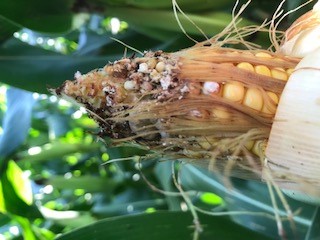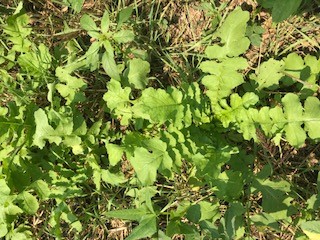
Hey everyone! With harvest wrapping up and cool weather setting in, its the perfect time to check out some Nebraska Extension meetings! If you are in the Platte, Boone, or Nance county areas be sure to check out these events! Also I will be posting the pesticide and winter meeting information in the next few weeks!
On Monday November 19th from 5:30-8:30 there is a low quality hay feeding event in Fullerton, Nebraska. This workshop will focus on how to feed hay that isn’t necessarily the best quality and still meet nutritional and financial needs. This program is taking place at the Nance County Fxtension Office and you can register by calling 402-536-2691. This program will be led by Mariah Woolsoncroft, local beef educator.
On Tuesday November 20th, there will be a land managers meeting in Columbus at the Platte County Extension Office. This meeting will focus on current land rent, agronomy updates, finances, and timely beef and pasture updates. This program is free and open to the public; donuts, coffee, and cookies will be provided. This event will take place from 9:15 to 3:00 at the Platte County Extension Office, call 402-563-4901 for more information.
As of November 11th, USDA reported that 77% of Nebraska’s corn and 98% of Nebraska’s beans had been successfully harvest as of Monday. According to historical records this is slightly behind, but the early wet conditions caused delays. This week I wanted to talk about fall applied Nitrogen and about events coming up around the area.
Planning for 2019’s crops has begun and many growers are considering their nitrogen management for corn next year. With this is mind CropWatch recently published an article discussing fall nitrogen application. Fall application of nitrogen, has the potential for leaching, volatilization, and denitrification. Leading to high nitrogen loss compared to later applications. Application of nitrogen in the fall is considered the most risky nitrogen management and can contribute to nitrate leaching, which is a significant problem in Nebraska. Remember that best management practices related to nitrogen are to apply a small amount at planting, side-dress nitrogen at the latest stage possible for your equipment, and ensure the final nitrogen application is completed before the R3 growth stage. If you are fertigating be sure that you are planning your nitrogen applications at key times for your crop. Remember to ensure that equipment is up to date. For more information check out the full article here (https://cropwatch.unl.edu/2018/consequences-fall-applied-n).
Everybody have a safe and wonderful Thanksgiving! I know this year I am thankful for my family, friends, co-workers, growers, health, and University of Nebraska!




























